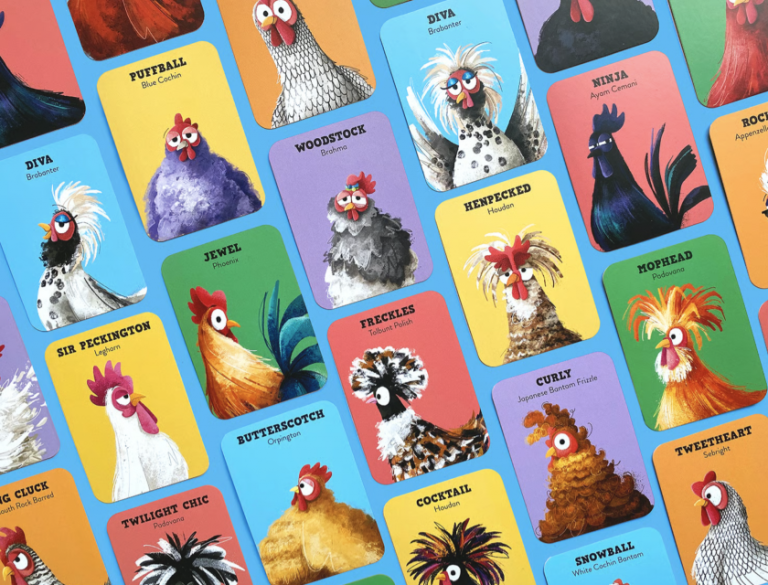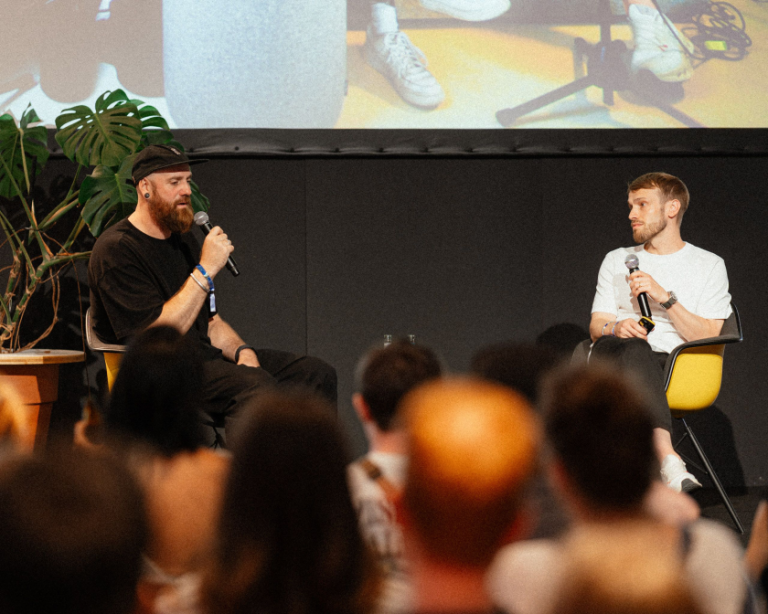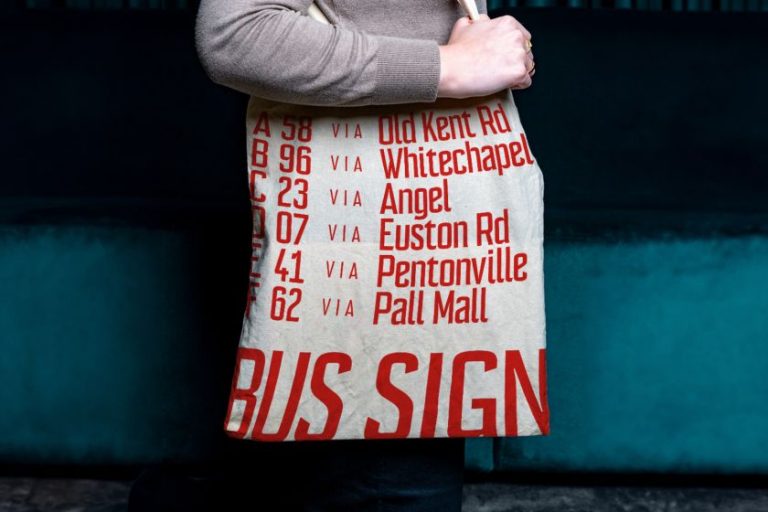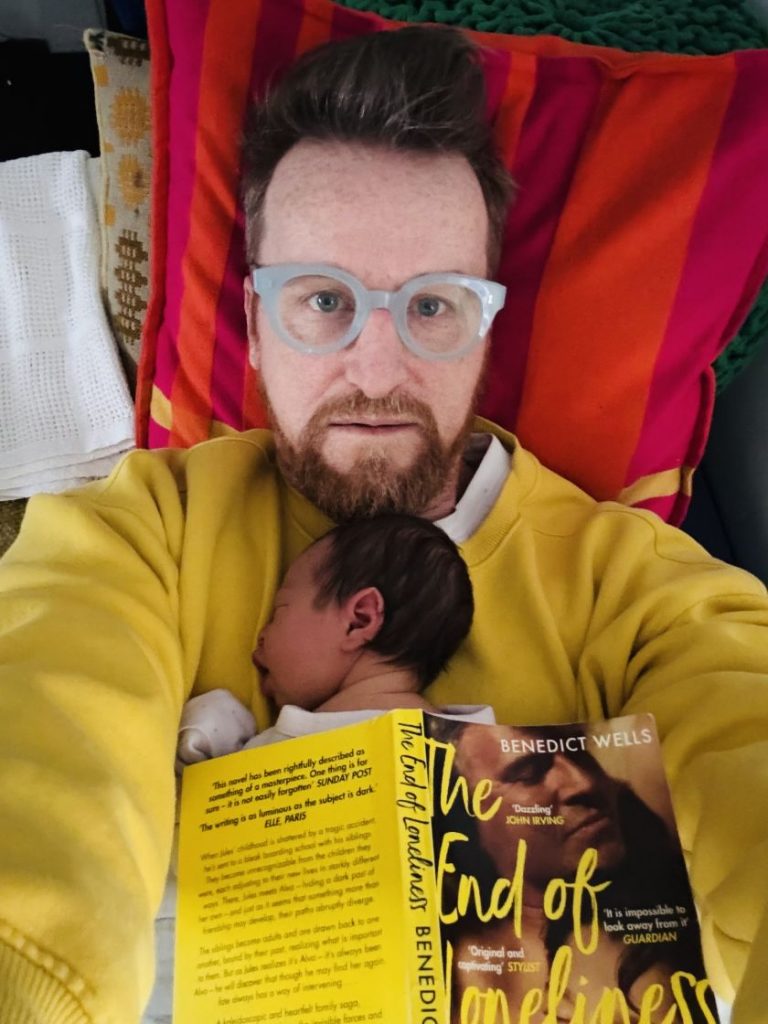Image licensed via Adobe Stock
Things are tough right now if you want to draw for money. We canvassed the views of illustrators, who shared their biggest challenges and explained what they’re doing to meet them.
Working as an illustrator is a fun way to earn a living, but it’s not without its challenges, not least the need to constantly adapt to new challenges and shifting paradigms. From the rise of AI to the ebbs and flows of the freelance market, you’re constantly trying to navigate uncharted waters.
These turbulent tides make things interesting, of course, and ultimately help to raise your game as an illustrator. But right now, many illustrators’ are starting to tip from ‘challenging’ to ‘overwhelming’.
To get a fuller picture of how things really are, we asked illustrators in the Creative Boom community to share the biggest challenges they’re facing today and how they’re responding to them. We share some of their perspectives below, while you can read the full discussion on X and Threads.
The instability
One of the most daunting challenges for illustrators is the unpredictable nature of freelance work. As Kohenoor Kamal explains, “Dealing with the ebbs and flows of freelance work coming in has been a tricky one. Despite being established for a few years now, it’s something myself and others I know you are especially struggling with in terms of finances when there are dry points in the year in terms of work.”
This feast-or-famine cycle can wreak havoc on financial stability and mental well-being at the best of times. But just to add fuel to the fire, Kohenoor recently had the horrible experience of being scammed by a client. “I lost about £2,000, which took a huge toll on my mental health and work in turn,” she explains. “And it seems that unpaid invoices are a common occurrence amongst fellow illustrators.”
Edie McCartney is also feeling the pressure right now. “Trying to keep working as a freelancer can be hard, especially when the industry is so competitive,” she says. ” I’m also finding it hard to constantly continue to turn out new products and illustrations for my folio and shop.”
Sebastian Abboud
tells a similar story. “The biggest challenge for me has been to secure a steady stream of projects,” he reports. “It’s just been so up and down in 2024 so far. In past years, I’ve pretty much stayed consistently busy, but now it’s all over the place. I’m getting ghosted more often and receiving fewer inquiries overall. And when requests do come, they come with lower budgets. It’s hard to see it getting better any time soon. Unfortunately, it’s starting to feel like less of a viable career.”
The threat of AI
Economically, things seem to be on the up right now, at least in the UK. But will this help turn illustrators’ fortunes around when the spectre of AI is looming so large?
“I think, unfortunately, editorial has been in major decline for decades,” says Isaac. “Magazines and newspapers have died off since the internet blew up, and with AI, I am seeing more and more publications openly using Midjourney for their spot illustrations. It’s a real shame because editorial has traditionally been home to some amazing artwork.”
“I’m very conscious of the use of AI and how this is eating into the industry,” agrees Tom Woolle. “I know I must stay aware and think of selling skills that AI can’t do.”
Maintaining passion
These are real challenges illustrators face in 2024, and it’s not just about finances. The constant need to chase income also means it’s difficult to improve and grow as an illustrator.
Isaac LeFever neatly articulates the paradox: “It’s kinda counter-intuitive, but I find that I’m too busy working on client projects to put as much time practising as I’d like,” he explains. “I’m essentially too busy illustrating to make time to practice illustrating!”
“I struggled with this for years, but came up with a trick that works for me,” says Willem Pirquin. “I made a list of things I want to practice. Then, for every client project, I picked one thing off the list that felt in line with the project. This also works miracles in making boring assignments more interesting because now there’s something in it for me, too. The only downside is that since my client work got more personal, I’ve been making even less personal work.”
For Ollie Hirst, the struggle between budgets and passion is very real. “Personally, science and health are a massive inspiration for me, and fortunately, they can be both lucrative as well as impactful,” he says. “But it’s a constant battle. I often say no to things that pay fairly well because I just don’t feel comfortable working on them based on who I am as a person. I’ll often recommend other illustrators for these jobs.”
This might sound self-defeating, particularly when you have a pile of bills to pay on your desk. But Ollie reasons: “What you put out in the world is very much building your brand and a reflection of it. It’s how people around you know what briefs to offer you in future. For me, this has been the juggling act so far.”
Social media sucking
That said, putting stuff out into the world has become much trickier of late, a topic we covered in depth in our recent article Instagram is dead to us.
Emil Paun is typical when he says: “With the death of social media and web search, I find it very difficult to get eyes on my work. I’m too old and busy with my kid to keep churning reels. And they don’t foster the same kind of long-term relationships you could develop just by chatting over time with the same people. I’m emailing art directors to get around it, but I’m unsure how successful that is.”
Barney Ibbotson
agrees, noting, ” It’s much harder than it was to get my work seen. It’s lost in a sea of performative posts and elaborate process videos. I have very little appetite for making reels. I prefer meeting people in person!”
Not only is social media less useful for self-promo, it’s more time-consuming than ever. As Dana Ulama
notes: “Every platform has different requirements, audiences and algorithms. And new ones keep popping up. My biggest issue is the rise of reels and short-form video content.” Con McHugh agrees. “Adapting to the algorithm is very time-consuming,” he stresses. “Particularly trying to create interesting reels that aren’t just following a trend, and at the same time ticking all the boxes for engagement.”
And so, illustrators are having to go the long way round once more. “As a graphic designer and illustrator, my biggest challenge is to break into editorial illustration,” says Lisa Fernández Karlsson. “The challenge is to get my work seen by art directors for newspapers and magazines. I’ve been sending emails and creating self-initiated artwork. And I’ve been lucky enough to get some commissions, but I am hoping for more. It might be necessary to get an agency to get some real chance of more editorial briefs.”
Raising your game
It’s a tricky situation for illustrators right now, for sure. Mathias Forbach neatly sums up the situation. “It’s a struggle between working, being comfortable to live a decent life with our passion, communicating our projects on social media and mailing to get maybe attention from brands and future clients we want to work with, achieving new personal milestones while witnessing a quality shift or degradation of the illustration field because of AI. The only hope is that people care for each other and keep wanting to produce beautiful art and projects together with humans, who have their own ideas and universes.”
There’s no sugar-coating it, though; things are tough out there right now. “I feel a lot of pressure to perform,” says Matt Ferguson. “I’ve got to try and make sure each new piece of work is better and more interesting than what came before. Also, the looming presence of generative AI images is a source of anxiety for me.” So, how does he plan to overcome it? “Putting my head down and going to work,” he says simply.
Others are responding, meanwhile, by adding new strings to their bow. “I think it’s universally agreed that this year has been quite difficult regarding the number of projects and work available,” says Jason Lyon. ” I’ve been trying to experiment a lot in my personal projects and learning new skills like animation and 3D modelling so I can have more range in the future.”
That said, expanding your horizons can involve a tricky balance between versatility and maintaining your USP. “My challenge is to evolve my language without losing focus on what makes it unique,” says Celsius Pictor. “I’ve created surprising projects in disparate sectors of industry: advertising, publishing or even video games. And the biggest challenge is not to get bored and maintain that versatility.”
Conclusion
So what have we learned? In short, there’s less and less work out there for illustrators, and the rise of AI means that’s unlikely to change in the short term.
The only real way to overcome that is to double down on what you love doing and fight for the work that is still out there.
That means working out which clients still need illustrators and can’t rely on AI. It means working out your USP and finding out how you can sell it better. It might also mean expanding your skill set to attract a broader range of clients. None of this is easy, but if you truly love your life as an illustrator, it’s worth doing everything possible to find a way.










